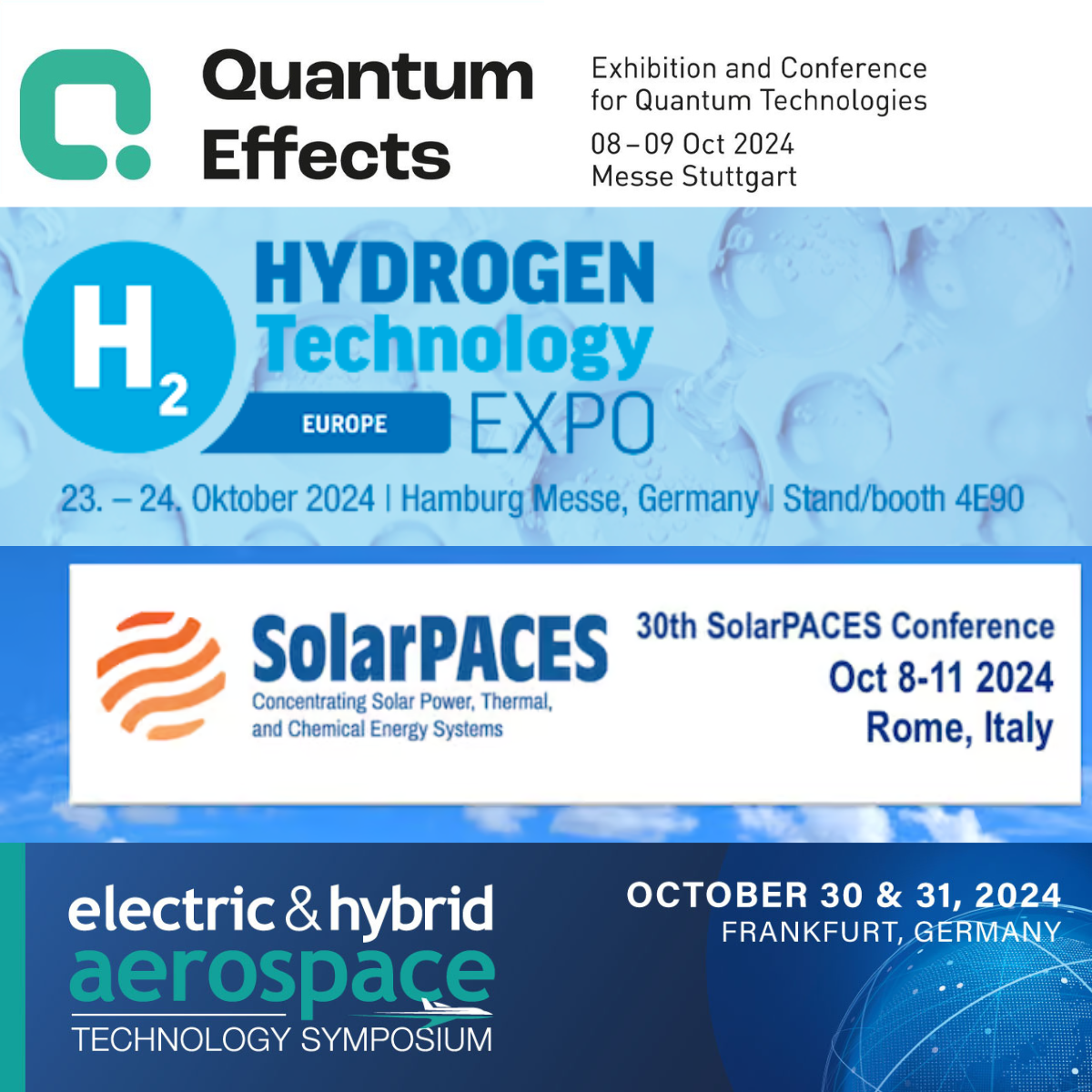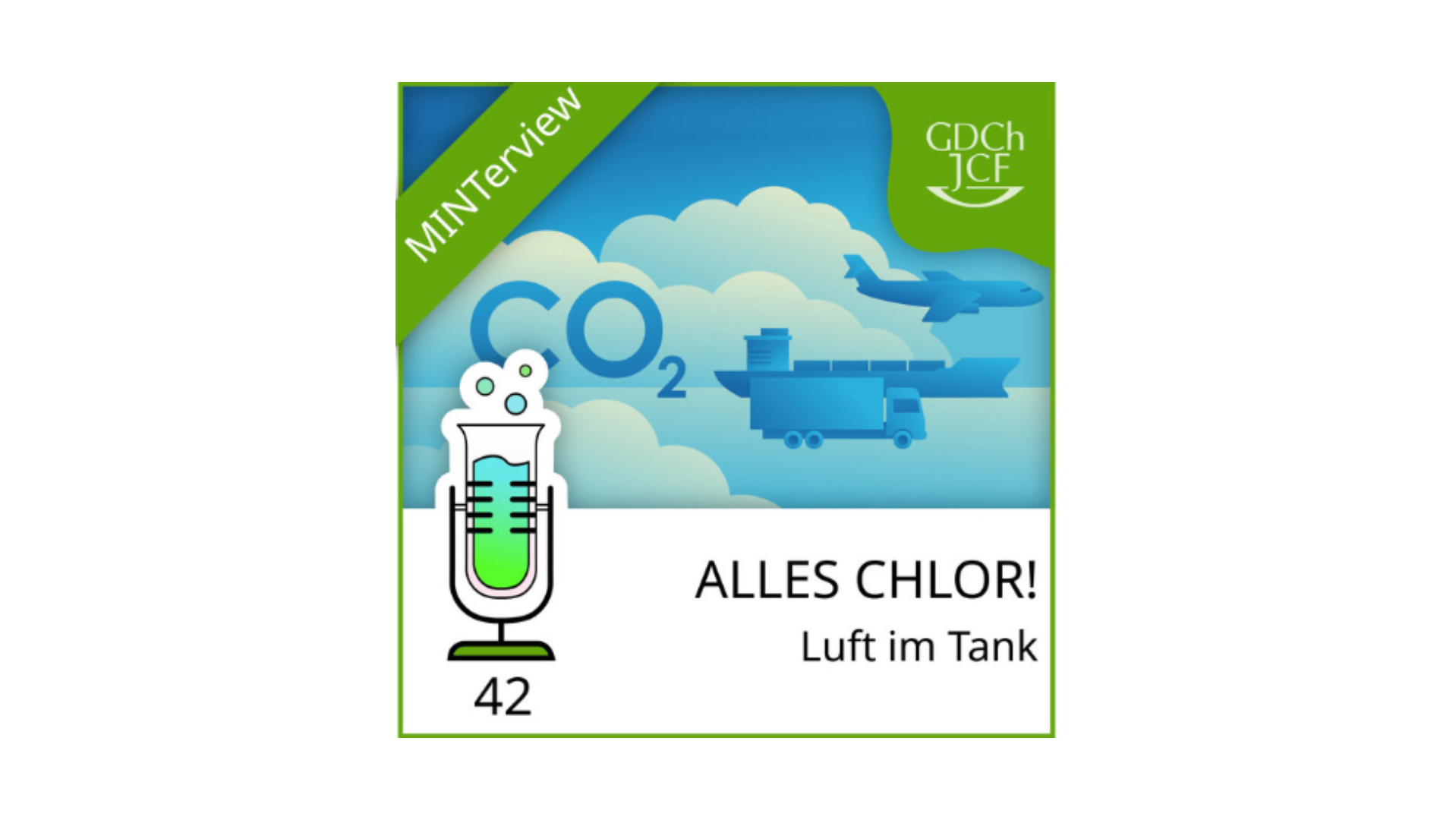In a significant publication in Nature Communications, a dedicated team of researchers has made substantial advancements in CO2 electrocatalysis. Their research is centered around the creation of a histidine-functionalized Cu catalyst, designed specifically for CO2 reduction to multi-carbon products. The study uncovers a fascinating link between the surface charge of the catalyst and its performance, marking a significant milestone towards the realization of a circular carbon economy with zero net greenhouse gas emissions.
Innovative Approach to CO2 Electrochemical Reduction
The team’s strategy for CO2 electrochemical reduction (CO2RR) is both promising and groundbreaking. They have successfully engineered the catalytic reaction to produce higher-value chemical products, while simultaneously harnessing off-peak electricity. The study suggests that the success of CO2RR hinges on enhancing the stability, Faradaic, and energetic efficiencies of the process.

Their exhaustive research on Cu-based catalysts has unveiled intricate relationships between intermediate species adsorption, defects, catalyst states, and reaction conditions that dictate the selectivity and activity of CO2RR. Interestingly, they found that experimentally observed activities often fall short of theoretical predictions, highlighting the challenge of understanding and accurately modeling the macroscopic and dynamic factors that influence electrocatalysis.
The Game-Changer: Histidine-Functionalized Cu Catalyst
The team’s groundbreaking achievement lies in the development of a histidine-functionalized Cu catalyst, specifically designed for CO2 reduction to multi-carbon products. This catalyst has demonstrated a significantly higher C2+ product selectivity than the unfunctionalized sample across a broad voltage range. Impressively, Faradaic efficiencies (FE) of up to 76.6%, corresponding to TOF estimate up to 4.2 × 10−1 s−1 for C2+ products, were observed at −2.0 V, and excellent stability over 48 h.
Through meticulous materials characterization, in-situ Raman spectroscopy, and density functional theory (DFT) calculations, the team discovered that the enhanced CO2RR to C2+ products on functionalized Cu-Hist is linked to direct intermediate interaction with adsorbed histidine. They also discovered a strong correlation between surface charge magnitude and catalytic activity, suggesting that the electrocatalytic activity in reductive catalysis like CO2RR may also be closely linked to surface charge.
The Impact: Paving the Way for a Circular Carbon Economy
The implications of this study are profound. By showcasing the potential of a histidine-functionalized Cu catalyst for CO2 reduction, the team has paved the way for the development of more efficient and effective CO2RR processes. This could play a pivotal role in achieving a circular carbon economy with net-zero greenhouse gas emissions, a goal that is becoming increasingly critical in the face of global climate change.
The study also underscores the importance of understanding and accurately modeling the complex factors that influence electrocatalysis. This understanding will be instrumental in the development of future catalysts and CO2RR processes. In conclusion, this study represents a significant leap forward in the field of CO2 electrocatalysis. The innovative approach and groundbreaking findings have the potential to revolutionize the way we approach CO2RR and contribute to the realization of a circular carbon economy.
Reference: https://www.nature.com/articles/s41467-023-35912-7






